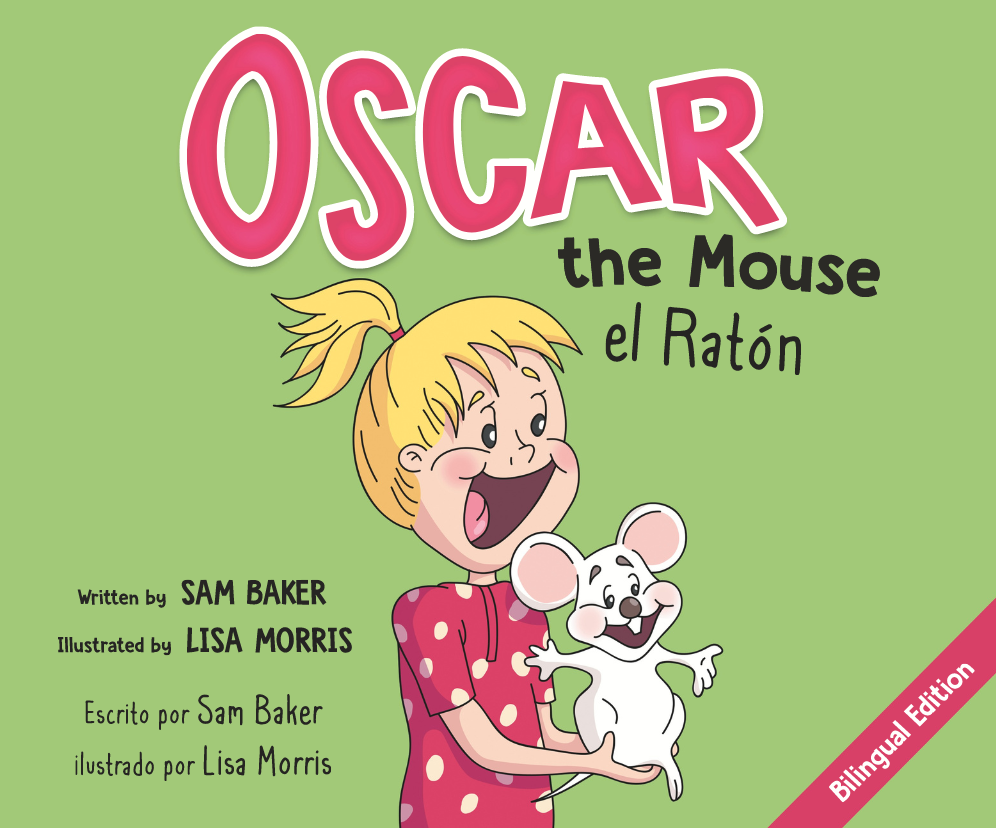Why Dual Language Books like 'Oscar the Mouse - El Ratón' are Essential for Young Readers
Introduction
In a world where global interactions are commonplace, the importance of bilingualism cannot be overstated. Dual language books emerge as potent tools in nurturing bilingual skills from a tender age. They offer a seamless blend of learning and enjoyment, making the process of acquiring a new language engaging and natural. A shining exemplar of this genre is "Oscar the Mouse - El Ratón." This delightful book not only entertains young readers but also embarks them on a bilingual journey, fostering an early appreciation for linguistic and cultural diversity. As we delve deeper, we'll unveil the manifold benefits of dual language books, spotlighting the charm and educational richness "Oscar the Mouse - El Ratón" brings to young readers.
II. Benefits of Dual Language Books
A. Language Development:
Dual language books facilitate an immersive learning environment, aiding in the acquisition of new vocabulary, sentence structures, and phonetics in a fun and engaging manner.
B. Cultural Awareness:
Through bilingual narratives, young readers are introduced to different cultural contexts and perspectives, fostering a global outlook from an early age.
C. Cognitive Benefits:
Research suggests that bilingualism enhances cognitive abilities like problem-solving, creativity, and memory retention. Dual language books serve as an initial step towards nurturing a bilingual mind, setting a strong foundation for enhanced cognitive development.
III. "Oscar the Mouse - El Ratón" as a Dual Language Resource
A. Overview of the Book:
The dual-language edition of "Oscar the Mouse" provides readers with a captivating story that is accessible in both English and Spanish, enriching the reading experience.
B. Language Learning and Cultural Appreciation:
By presenting the narrative in two languages, the book naturally engages young readers in language learning, while also offering a glimpse into different cultural expressions through language.
IV. Community Feedback
Collecting and presenting feedback from educators, parents, and young readers on the dual language edition of "Oscar the Mouse" can shed light on its practical impact in fostering bilingualism and cultural appreciation.
V. Other Recommended Dual Language Books
Exploration in bilingual literature should not stop at "Oscar the Mouse - El Ratón." There's a wealth of dual language books out there, each offering unique stories and learning experiences. Here are a few recommendations:
"Goodnight Moon / Buenas Noches, Luna" by Margaret Wise Brown: This classic bedtime story is beautifully translated, making it a great dual language book for early readers.
"The Three Little Pigs / Los Tres Cerditos" translated by Patricia Seibert: Dive into this traditional tale told in both English and Spanish, perfect for young readers to enjoy a familiar story while learning a new language.
"My First Bilingual Little Readers: Level A" by Deborah Schecter: A collection of engaging short stories designed for beginners in bilingual reading.
"Brown Bear, Brown Bear, What Do You See? / Oso pardo, oso pardo, ¿qué ves ahí?" by Bill Martin Jr. and Eric Carle: A delightful and visually stimulating book that introduces young readers to colors and animals in both English and Spanish.
"Fiesta Femenina: Celebrating Women in Mexican Folktale" by Mary-Joan Gerson: This book introduces young readers to the rich cultural heritage of Mexico through bilingual storytelling.
VI. Conclusion
The journey into bilingualism, escorted by dual language books like "Oscar the Mouse - El Ratón," extends a world filled with linguistic riches and cultural nuances to young readers. As they flip through the pages, they're not just reading a story; they are opening doors to a global community, equipped with the appreciation for diversity and a bilingual advantage. "Oscar the Mouse - El Ratón" and other dual language books are not merely tales, but tickets to a broader understanding and a promising bilingual future. So, let's embrace these bilingual books and set our young readers on a path of linguistic and cultural discovery.

